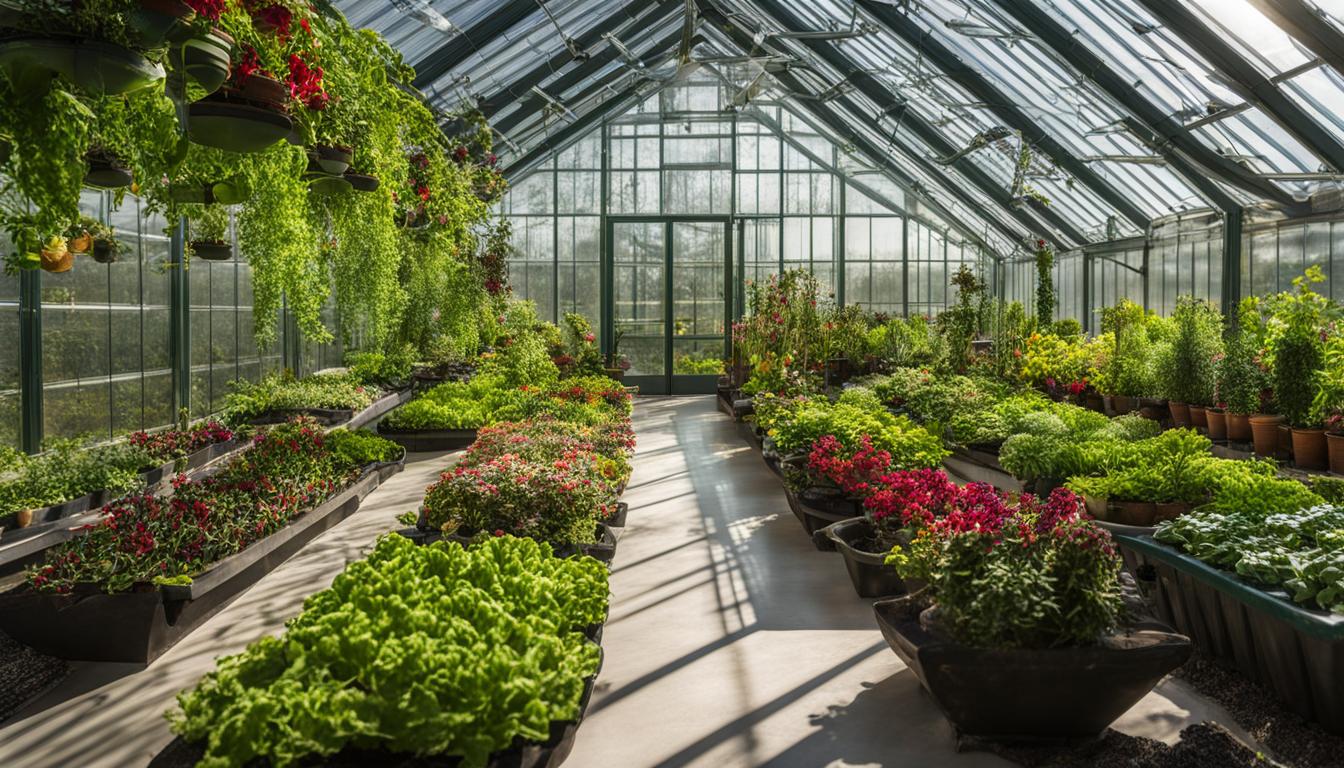
When it comes to cultivating plants, there are numerous advantages to using a greenhouse. Whether you are an avid gardener or considering starting your own business, a greenhouse can provide you with a multitude of benefits.
From extending the growing season to minimizing external threats, greenhouse growing offers a controlled and favorable environment for plant growth.
Greenhouse growing has a long history, dating back to the 13th century when it was used to meet the nutritional needs of royalty and conduct scientific studies. Today, it has become accessible to anyone interested in sustainable living or pursuing horticultural ventures.
So, what are the specific benefits of using a greenhouse for plant growth? Let’s explore them in detail.
Key Takeaways:
- Greenhouses extend the growing season, allowing for earlier and longer harvests.
- They provide a controlled environment, enabling the cultivation of a wider variety of produce.
- Greenhouses offer protection against external threats to crops, such as diseases and pests.
- While there are upfront and operating expenses associated with greenhouses, careful financial planning can help mitigate costs.
- Greenhouse growing may require manual pollination and pest control measures.
Extends Your Growing Season
One of the primary benefits of greenhouse farming is the ability to extend the growing season. Unlike outdoor farming, greenhouse growing allows for more stable temperatures, resulting in less stress for plants and promoting strong growth.
Techniques like thermal solar mass and heating systems help maintain optimal temperatures for plants, enabling earlier and longer harvests.
By providing a controlled environment, greenhouses create a microclimate that allows plants to thrive even during colder months. This extended growing season opens up opportunities to cultivate crops that wouldn’t typically survive in your region’s natural climate.
Imagine being able to enjoy fresh tomatoes, peppers, or herbs in the middle of winter. With a greenhouse, you can. The controlled temperature, protection from frost, and consistent light provide the ideal conditions for plants to grow and produce all year round.
| Benefits | Outdoor Farming | Greenhouse Farming |
|---|---|---|
| Extended Growing Season | Dependent on natural climate | Controlled climate for longer growing periods |
| Year-Round Harvest | Seasonal limitations | Consistent production regardless of seasons |
| Greater Crop Variety | Restricted to crops suited to local climate | Ability to grow a wider range of produce |
As shown in the table above, greenhouse farming offers significant advantages over traditional outdoor farming when it comes to extending the growing season. With a greenhouse, you can enjoy fresh and abundant produce throughout the year, even when the weather outside is unfavorable for plant growth.
Expands the Variety Among Your Produce
In greenhouse gardening, one of the significant advantages is the ability to cultivate a wide variety of produce. By providing a controlled environment, greenhouse growers can create optimal conditions for plants that may not typically thrive in their climate.
This opens up endless possibilities for experimenting with different types of plants and offering a diverse selection to customers.
Greenhouses allow for the cultivation of exotic fruits, vegetables, and flowers that are not commonly found in local markets.
For example, tropical fruits like passion fruit or papaya can be grown in a greenhouse even in colder regions. This expands the range of available produce, making it possible to enjoy fresh and unique flavors all year round.
Furthermore, greenhouse gardening enables cultivators to grow varieties of produce that are not in season, providing a steady supply of fresh vegetables and herbs even during the off-season.
This not only benefits consumers who can enjoy their favorite produce year-round but also allows growers to tap into niche markets and potentially increase their revenue.
Examples of Produce Cultivated in Greenhouses
| Produce | Climate | Benefits |
|---|---|---|
| Tomatoes | Colder regions | Extended growing season |
| Strawberries | Warmer regions | Year-round production |
| Microgreens | All climates | Fast growth and high yield |
| Herbs | All climates | Consistent supply |
As seen in the table above, greenhouse gardening allows for the cultivation of a diverse range of produce in various climates. This flexibility and expanded variety make greenhouse farming a valuable option for growers looking to diversify their offerings and meet the demands of an ever-changing market.
Minimizes External Threats to Your Crops
Growing crops in a greenhouse offers numerous advantages, including the ability to minimize external threats to your crops. By creating a controlled environment, greenhouse growers can protect their plants from diseases, pests, and adverse weather conditions that can hamper crop growth and productivity.
One of the key benefits of greenhouse gardening is the ability to control what enters and exits the greenhouse. This enables growers to prevent the introduction and spread of diseases and pests that can devastate crops.
With proper greenhouse pest control measures in place, such as regular monitoring, integrated pest management techniques, and the use of natural predators, growers can effectively safeguard their plants from harmful infestations.
In addition to pest control, greenhouses provide shelter from extreme weather conditions. By regulating the temperature inside the greenhouse, growers can ensure that their crops are not exposed to damaging cold temperatures that can stunt growth or kill plants.
This climate control also protects crops from heavy rain, hail, and strong winds that can damage or destroy plants in outdoor environments.
Comparison of External Threats in Greenhouse vs. Outdoor Farming
| Greenhouse | Outdoor Farming | |
|---|---|---|
| Pest Control | Controlled environment reduces pest access | Insects and pests have direct access to crops |
| Disease Prevention | Controlled environment minimizes disease spread | Diseases can spread easily among crops |
| Weather Protection | Sheltered from extreme weather conditions | Exposed to adverse weather conditions |
Overall, greenhouse growing provides growers with the ability to protect their crops from external threats, ensuring the health and productivity of their plants. By minimizing the risk of pests, diseases, and adverse weather conditions, greenhouse growers can create optimal growing conditions for their crops and enjoy higher yields and healthier plants.
High Upfront and Operating Expenses
While greenhouse growing offers numerous benefits, it’s important to consider the financial implications. Setting up and maintaining a greenhouse can involve high upfront and operating expenses.
Quality materials and equipment are crucial for creating a suitable growing environment, and these can be costly investments. Additionally, heating the greenhouse during colder months can lead to increased monthly bills, further adding to the expenses.
Proper financial planning is essential when considering greenhouse growing. It is crucial to research and budget for the necessary equipment, including the greenhouse structure, heating and cooling systems, irrigation, and lighting.
By carefully considering the costs involved and developing a comprehensive financial plan, greenhouse growers can ensure the long-term sustainability of their operation.
To illustrate the potential expenses, the following table provides an overview of the key upfront and operating costs associated with greenhouse growing:
| Expense | Cost |
|---|---|
| Greenhouse Structure | $10,000 – $50,000 |
| Heating System | $5,000 – $20,000 |
| Cooling System | $3,000 – $10,000 |
| Irrigation System | $2,000 – $7,000 |
| Lighting | $1,000 – $5,000 |
| Monthly Utility Costs (Heating, Electricity, Water) | $200 – $500 |
It’s important to note that these costs may vary depending on the size and complexity of the greenhouse, as well as the specific geographic location. Conducting thorough research and consulting with experienced greenhouse growers can provide valuable insights into the expected expenses and help ensure accurate budgeting.
Pesky Pests and Lack of Pollination
While greenhouse growing offers many advantages, it also presents some challenges. One of the main concerns is dealing with pests that can find their way into the controlled environment.
Despite our best efforts, insects, mites, and other unwanted visitors can still pose a threat to greenhouse crops. Implementing effective pest control measures is crucial to minimize infestations and protect the plants.
In addition to pest issues, greenhouse growers must also address the lack of natural pollinators. Greenhouses often provide a barrier that prevents bees and other insects from accessing the plants, leading to reduced or insufficient pollination.
To overcome this challenge, growers may need to manually pollinate certain crops, transferring pollen from one flower to another using brushes or other tools. This ensures successful reproduction and prevents yield losses.
To tackle both pest problems and pollination challenges, greenhouse growers can implement a combination of strategies.
Integrated pest management (IPM) techniques, such as biological controls and cultural practices, can help reduce the need for chemical pesticides and maintain a healthy balance between pests and beneficial organisms.
Also, creating a pollinator-friendly environment within the greenhouse, such as introducing bumblebees or using vibrating tools to mimic insect activity, can enhance pollination and improve crop yields.
Pest Control Techniques in Greenhouses
Effective pest control in greenhouses requires a proactive approach that combines prevention, monitoring, and intervention. Here are some commonly used techniques:
- Sanitation: Keeping the greenhouse clean and free from plant debris helps eliminate hiding places for pests.
- Biological controls: Introducing beneficial insects like ladybugs or predatory mites can help control pest populations naturally.
- Physical barriers: Using screens, nets, or sticky traps can prevent pests from entering or limit their movement within the greenhouse.
- Chemical controls: When necessary, carefully selected pesticides can be used as a last resort, following label instructions and considering environmental impact.
| Pest | Control Method |
|---|---|
| Aphids | Introduction of ladybugs |
| Whiteflies | Use of sticky traps |
| Spider mites | Release of predatory mites |
| Thrips | Application of neem oil |
By combining these pest control techniques with diligent monitoring and regular inspections, greenhouse growers can maintain a healthy and thriving crop while minimizing potential damage caused by pests. It’s important to adapt and adjust the pest control strategy based on the specific needs and challenges of each greenhouse operation.
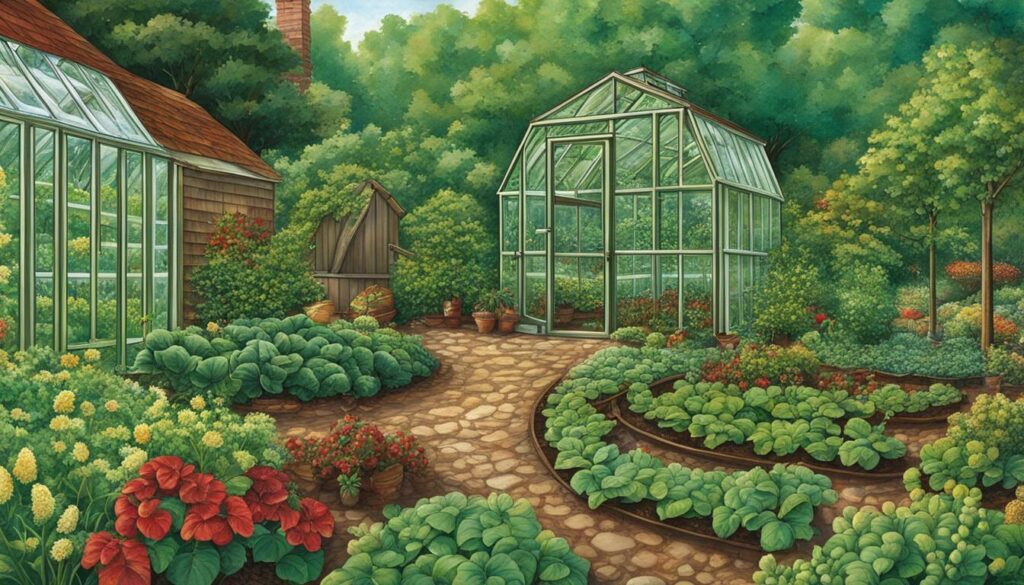
Warmth and Humidity Promote Plant Growth
Greenhouses provide optimal growing conditions for plants by maintaining warmth and humidity. These factors, along with light and moisture, are essential for effective plant growth.
In a greenhouse, plants are shielded from extreme cold and benefit from a consistent temperature that promotes healthy development. The controlled environment of a greenhouse extends the growing season, enabling growers to start planting earlier and achieve higher yields.
By trapping heat and preventing temperature fluctuations, greenhouses protect plants from the stress and damage that can occur in outdoor environments. The stable warmth inside the greenhouse creates a favorable atmosphere for plants to thrive, leading to faster growth and increased productivity.
The controlled humidity levels in a greenhouse help maintain optimal moisture for plant growth, reducing the risk of dehydration and enabling plants to efficiently absorb nutrients.
In a greenhouse, the warm and humid conditions simulate a tropical climate, which is particularly beneficial for plants that require high humidity, such as orchids or ferns.
These plants can struggle to survive in dry or cold climates, but in a greenhouse, they can flourish. The regulated warmth and humidity provide an ideal environment for the cultivation of delicate and sensitive plant species, creating opportunities for unique and diverse gardens.
Promoting Healthy Crop Growth with Optimal Conditions
With the ability to control temperature and humidity, greenhouse growers can create the perfect environment for their crops. This level of control ensures that plants receive the necessary conditions for healthy growth at every stage of development, from seedling to maturity.
By optimizing the warmth and humidity inside a greenhouse, growers can maximize plant growth and productivity, resulting in bountiful harvests and thriving gardens.
| Advantages | Disadvantages |
|---|---|
| Extended growing season | High upfront and operating expenses |
| Expanded variety of produce | Potential for pests and pollination issues |
| Minimized threats to crops | |
| Optimal warmth and humidity |
Better Pest Prevention in a Greenhouse
When it comes to pest prevention, greenhouse gardening offers significant advantages over traditional outdoor growing methods. By creating a protected environment, greenhouses make it harder for pests to access plants, resulting in healthier crops and higher yields. But how exactly does greenhouse pest prevention work?
Firstly, the controlled environment of a greenhouse allows for strict regulation of plant entry and exit. This means that growers can closely monitor and control the introduction of pests, diseases, and weeds.
By implementing proper greenhouse maintenance and cleanliness practices, including regular removal of debris and weeds, growers can further minimize the risk of pest infestations.
Additionally, organic and biological pest management methods are commonly employed in greenhouses. These approaches rely on beneficial insects, such as ladybugs or nematodes, to prey on harmful pests, reducing the need for harmful chemicals.
By promoting a natural balance within the greenhouse ecosystem, growers can effectively control pests while prioritizing sustainable and environmentally friendly practices.
Types of Organic Pest Control Methods Used in Greenhouses
| Method | Description |
|---|---|
| Biological Control | Introducing beneficial organisms to prey on pests, such as using ladybugs to control aphids. |
| Cultural Control | Implementing practices like proper sanitation, crop rotation, and weed management to minimize pest populations. |
| Physical Control | Using physical barriers, traps, or screens to prevent pests from entering the greenhouse. |
| Integrated Pest Management (IPM) | Combining multiple pest control methods to effectively manage pest populations while minimizing environmental impact. |
By prioritizing pest prevention in greenhouses, growers can maintain the health and productivity of their crops, reduce the reliance on chemical pesticides, and contribute to sustainable agriculture practices.
Portable and Customizable Greenhouses
Greenhouses offer the advantage of portability and customization, making them a versatile option for gardeners. Unlike traditional gardens, greenhouse plants are grown in pots, allowing for flexibility in rearranging and moving them.
This means that you can easily adjust the layout of your greenhouse to optimize space utilization and create an efficient growing environment.
Additionally, portable greenhouses are designed to be easily assembled and disassembled, providing you with the freedom to change the location of your greenhouse as needed.
Whether you want to move it to a sunnier spot in your garden or transport it to a new property, a portable greenhouse offers convenience and adaptability.
Furthermore, customized greenhouses allow growers to tailor the structure and features to their specific needs. With options such as roll-up covers for ventilation control and adjustable shelving or benches for plant display, you can create the ideal growing environment for your plants.
Customization enables you to optimize space, manage temperature and humidity, and maximize the productivity of your greenhouse.
Comparison of Portable and Customizable Greenhouses
| Features | Portable Greenhouses | Customizable Greenhouses |
|---|---|---|
| Portability | Easy to assemble and move | Can be designed for mobility |
| Flexibility | Ability to rearrange and adjust plant layout | Options for customized shelving and benches |
| Adaptability | Can be relocated to different areas | Designed to fit specific growing requirements |
As shown in the table above, portable greenhouses excel in their ability to be easily moved and adjusted, offering versatility to gardeners. On the other hand, customizable greenhouses provide tailored solutions to meet specific needs and maximize productivity.
Whether you prioritize portability or customization, both options offer unique advantages that can enhance your greenhouse gardening experience.
Additional Growing Options in a Greenhouse
Greenhouses provide a controlled environment that opens up a world of additional growing options for gardeners. With the ability to manipulate temperature, humidity, and lighting conditions, greenhouse cultivation offers opportunities to grow plants that may not typically thrive in your climate.
Whether you’re a home gardener looking to experiment or a commercial grower seeking to expand your product range, greenhouse growing can greatly enhance your options.
Benefits of Greenhouse Cultivation:
- Availability of off-season produce
- Exploration of unique plant varieties
- Diversification of crops
- Extended growing season
Off-Season Produce
One of the major advantages of greenhouse gardening is the availability of off-season produce. Greenhouses provide a controlled microclimate that allows you to grow crops even when the weather outside is adverse.
By adjusting factors such as temperature, light, and moisture, you can mimic the ideal growing conditions needed for plants to thrive. This means you can enjoy fresh, homegrown produce throughout the year, regardless of the season.
Unique Plant Varieties
Greenhouses offer the perfect environment for experimenting with unique plant varieties. Whether you’re interested in exotic fruits, heirloom vegetables, or rare flowers, the controlled conditions of a greenhouse can help you successfully cultivate these plants.
With precise control over temperature and humidity, you can create the ideal habitat for these special varieties to grow and flourish.
Diverse Crop Selection
Greenhouse cultivation allows for the diversification of crops. By growing plants in a controlled environment, you can explore a wide range of crops that are not traditionally grown in your area.
This can be especially advantageous for commercial growers who want to offer unique and niche products to their customers. By diversifying your crop selection, you can tap into new markets and differentiate yourself from competitors.
| Plant | Climate | Growing Requirements |
|---|---|---|
| Tomato | Warm | Full sun, well-draining soil |
| Strawberry | Cool | Partial shade, moist soil |
| Cucumber | Warm | Full sun, rich soil |
| Lettuce | Cool | Partial shade, fertile soil |
| Herbs (such as basil, rosemary, and mint) | Varies | Full sun or partial shade, well-draining soil |
You can grow a variety of plants in a greenhouse, from warm-season crops like tomatoes and cucumbers to cool-season crops like strawberries and lettuce. Additionally, many herbs, such as basil, rosemary, and mint, thrive in greenhouse environments. By carefully selecting the plants that suit your climate and growing requirements, you can create a diverse and exciting garden in your greenhouse.
Weather Protection for Greenhouse Plants
Greenhouses provide a vital shield against unpredictable weather conditions, ensuring the protection of greenhouse plants. These controlled environments offer a stable climate that shields plants from damaging winds, excessive rain, and intense sunlight.
By minimizing the impact of weather fluctuations, greenhouse gardening facilitates healthy growth and reduces the risk of plant stress or damage.
One of the key benefits of greenhouse weather protection is the ability to maintain a consistent temperature. Greenhouses provide insulation, preventing drastic temperature changes that can be harmful to plants. This controlled environment enables growers to create optimal conditions for different plant species and ensures year-round gardening success.
Furthermore, greenhouse climate control also helps to regulate humidity levels. Excessive humidity can lead to problems such as mold, fungal diseases, and poor plant growth. Greenhouses allow growers to manage humidity levels, creating an environment where plants can thrive without succumbing to these common issues.
Benefits of Weather Protection in Greenhouses
The protection provided by greenhouses against external weather conditions offers several advantages for both plants and gardeners:
- Improved plant health: Shielding plants from extreme weather conditions minimizes the risk of stress and damage, allowing them to grow healthier and produce better yields.
- Extended growing season: By providing a stable climate, greenhouses enable year-round gardening, extending the growing season and allowing for consistent harvests.
- Reduced water usage: The controlled environment of a greenhouse reduces water evaporation, resulting in less water loss and increased water efficiency.
- Protection for delicate plants: Some plant species require specific conditions to thrive. Greenhouses offer a safe haven for delicate plants, shielding them from adverse weather that could stunt their growth.
| Advantages of Weather Protection in Greenhouses | Greenhouse Gardening | Outdoor Gardening |
|---|---|---|
| Protection from extreme temperatures | ✓ | ✗ |
| Minimization of wind damage | ✓ | ✗ |
| Controlled humidity levels | ✓ | ✗ |
| Consistent temperature regulation | ✓ | ✗ |
As shown in the table above, greenhouse gardening offers numerous advantages over traditional outdoor gardening when it comes to weather protection. With the ability to create an ideal climate for plant growth, greenhouse growers can enjoy healthier, more abundant harvests throughout the year.
Gardening All Year Round
When it comes to gardening, the possibilities are endless with a greenhouse. One of the greatest advantages of greenhouse gardening is the ability to enjoy it all year round. With a greenhouse, I can nurture my plants and harvest fresh produce regardless of the season. It’s a game-changer for any avid gardener!
Greenhouses provide the perfect growing environment, allowing me to control factors like temperature, humidity, and light. By creating an ideal microclimate inside the greenhouse, I can extend the growing season and grow plants that wouldn’t typically thrive in my area. It’s like having a piece of summer even in the midst of winter!
With year-round greenhouse gardening, I can indulge in my passion for growing a variety of fruits, vegetables, and flowers. I can experiment with different plant species and enjoy a diverse range of crops.
It’s not just about having fresh produce whenever I want; it’s about the joy of nurturing plants and witnessing their growth throughout the year.
Whether it’s sowing seeds in early spring, tending to vibrant blooms in the summer, or harvesting a bountiful crop in the fall, greenhouse gardening allows me to connect with nature and enjoy the rewards of my hard work at any time. It’s a truly fulfilling and satisfying experience that I wouldn’t trade for anything!
FAQ
What are the benefits of using a greenhouse for plant growth?
Greenhouses offer advantages such as extending the growing season, expanding the variety of produce, and minimizing external threats to crops.
How does a greenhouse extend the growing season?
Greenhouse growing allows for more stable temperatures, resulting in less stress for plants and promoting strong growth. Techniques like thermal solar mass and heating systems help maintain optimal temperatures for plants, enabling earlier and longer harvests.
How does a greenhouse expand the variety among produce?
By providing a controlled environment, greenhouse growers can cultivate crops that may not typically thrive in their climate. This allows for greater availability of produce during off-seasons when prices are higher. Greenhouse gardening gives growers the freedom to experiment with different types of plants and offer a diverse selection to customers.
How does a greenhouse minimize external threats to crops?
Greenhouses control what enters and exits the space, minimizing the introduction and spread of diseases and pests. They also provide shelter from adverse weather conditions and allow growers to regulate temperatures, preventing damage from extreme cold. This ensures the health and safety of greenhouse crops.
What are the expenses associated with greenhouse farming?
Setting up and maintaining a greenhouse can involve high upfront and operating expenses. Quality materials and equipment can be costly, and heating the greenhouse during colder months can lead to increased monthly bills. Careful financial planning is essential when considering greenhouse growing.
Are there any potential drawbacks to greenhouse growing?
Yes, one potential drawback is the potential for pests and pollination issues. Despite the controlled environment, pests can still find their way into a greenhouse and damage crops. Additionally, since greenhouses protect plants from natural pollinators like bees and other insects, growers may need to manually pollinate certain crops to ensure successful reproduction.
How do warmth and humidity promote plant growth in a greenhouse?
Greenhouses provide optimal growing conditions by maintaining warmth and humidity. Plants need these factors, along with light and moisture, to grow effectively. Greenhouses stabilize the growing environment, protecting plants from extreme cold and providing a consistent temperature for growth. This extended growing season allows greenhouse growers to start planting earlier and achieve higher yields.
How does a greenhouse offer better pest prevention?
By creating a protected environment, greenhouses make it harder for pests to access plants. Proper greenhouse maintenance and cleanliness can further minimize pest infestations. Additionally, organic and biological pest management methods can be employed in greenhouses, reducing the need for harmful chemicals and promoting sustainable practices.
Are greenhouses portable and customizable?
Yes, greenhouses offer the advantage of portability and customization. Unlike traditional gardens, greenhouse plants are grown in pots, allowing for flexibility in rearranging and moving them. Portable greenhouses can be easily assembled and disassembled, providing options for different growing locations. Customization options such as roll-up covers and adjustable ventilation allow growers to create the ideal growing environment for their plants.
What additional growing options are available in a greenhouse?
The controlled environment of a greenhouse opens up additional growing options for gardeners. Greenhouse growers can choose to cultivate plants that may not typically thrive in their climate. They can experiment with new and unusual varieties of fruits, vegetables, and flowers. This expands the range of potential crops and allows for a more diverse and exciting garden.
How does a greenhouse protect plants from unpredictable weather conditions?
Greenhouse plants benefit from the protection provided against damaging winds, excessive rain, and excessive sunlight. Greenhouses offer a stable environment, shielding plants from weather fluctuations that can hinder plant development. This consistency in weather conditions facilitates healthy growth and reduces the risk of plant stress or damage.
Can you garden in a greenhouse all year round?
Yes, with the benefits of a greenhouse, gardening can become a year-round activity. Greenhouses provide the opportunity to grow plants and harvest produce regardless of the season. By creating a suitable growing environment, greenhouse gardeners can enjoy the pleasures of gardening year-round, nurturing plants and reaping the rewards of their hard work at any time.

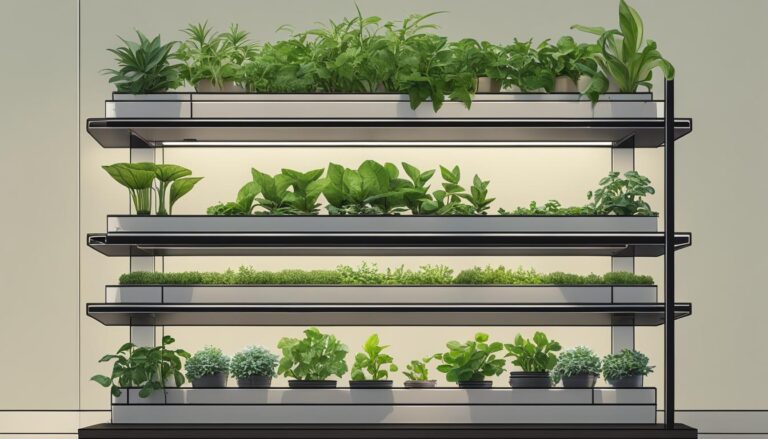
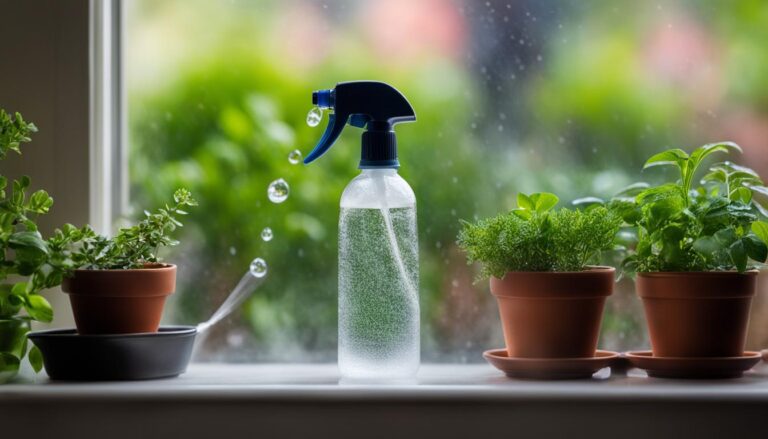
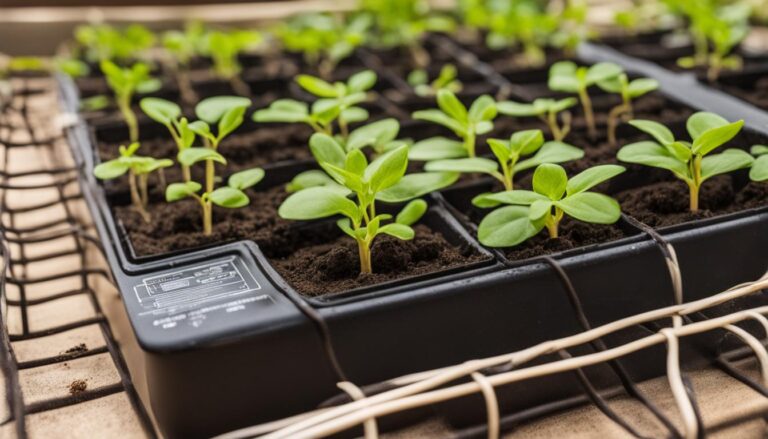
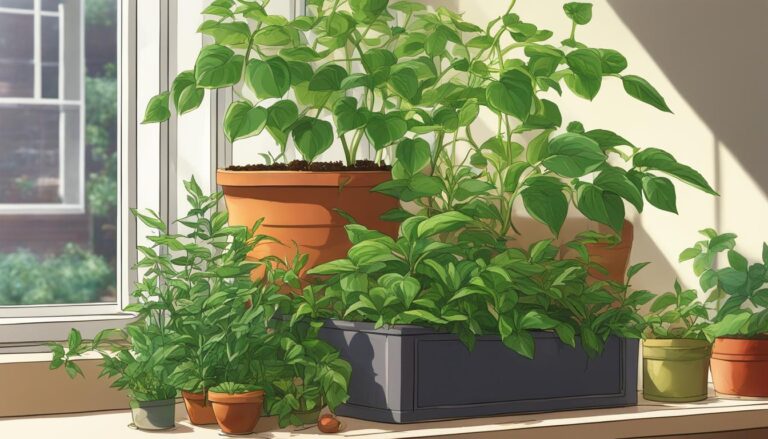
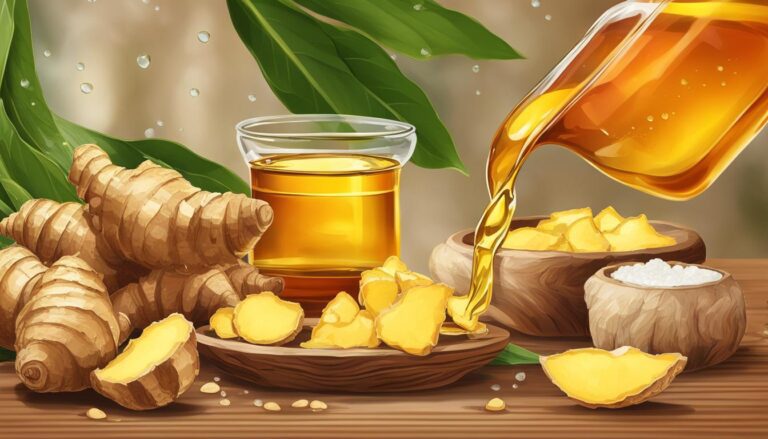
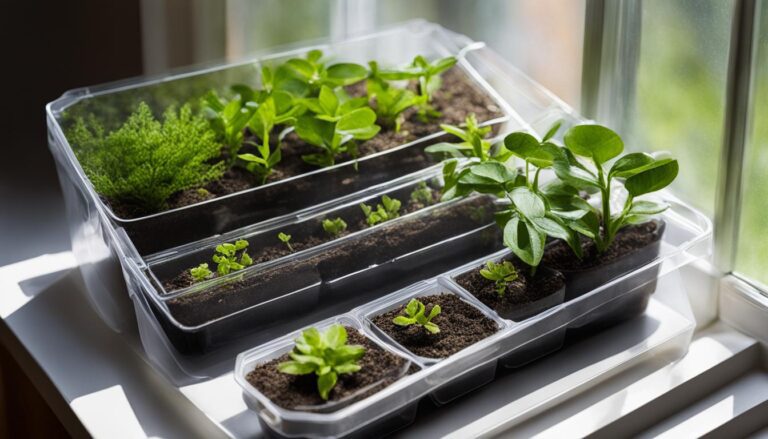
One Comment
Comments are closed.